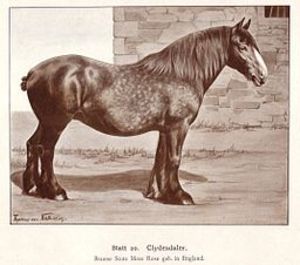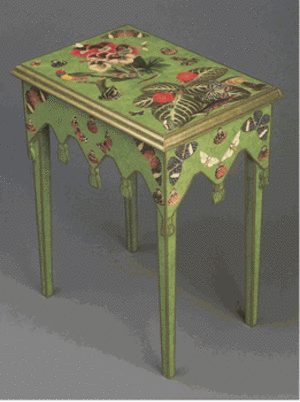We all have the hope that our wounds, aches and pains will quickly heal with the least possible disability and with the minimum amount of medications. Veterinary clinicians eagerly look for new and innovative therapies to improve the quality of life of your animals. Laser light therapy holds the promise as an important adjunctive therapy in many disorders in animals, complimenting established therapies already in practice.
The first working laser was invented in the early 1960’s and shortly thereafter researchers became interested on the effects of laser light on body tissues1. Endre Mester at Semmelweis University in Budapest Hungary designed an experiment to test whether laser light would cause cancer in mice1. Quite to his surprise none of the mice got cancer, and adding to his surprise the mice exposed to laser light regrew hair more quickly than the mice in the control group1. Since that time laser therapy has left the realm of science fiction and has gained acceptance as a serious area of therapeutics.
There two types of laser light used in veterinary medicine, so called hot laser and cold or low level laser light therapy. Hot laser is used for surgical procedures and cold laser in three key areas; wound healing, relief of inflammation, and in pin control1.
We believe the laser light exerts its beneficial effects by stimulating photoreceptors (most likely mitochondria) in tissue cells. The laser light stimulation has different effects depending on the cell type absorbing the laser light. For instance in the case of wound healing, laser light therapy stimulates the cells that are involved in the healing process thereby promoting more rapid wound closer. In a study conducted at the University of Kansas Medical Center, laser light therapy was shown to “promote healing of experimentally severed and repaired rabbit Achilles tendons” significantly decreasing the amount of time that such and injury would normally require to heal2.
Laser light therapy is also beneficial in pain control in much the same way as acupuncture. Laser light therapy initiates a blockage of nerve conduction thereby decreasing the nerve’s ability to transmit pain impulses consequently numbing pain sensation2. The conclusion from the Nerve Research Council at the University of Sydney was that “The application of laser light therapy for chronic pain may provide a non-drug alternative for the management of chronic pain3.
In cases of arthritis laser light therapy works through five pathways. It benefits include: stabilizing cell membranes, increasing tissue regeneration, decreasing the production of inflammatory chemicals, increasing the activity of natural antioxidants, and increasing blood flow to the affected joint4.
If your pet is suffering from a chronic painful or inflammatory condition please ask your veterinarian if laser light therapy would be appropriate as a component to a holistic approach to managing his or her condition. If your pet experiences an acute injury or wound don’t hesitate to ask if it may benefit from laser light therapy. Duration and frequency and number of treatments will vary depending on the condition being treated. Your family veterinarian will develop a treatment protocol tailored to the needs of each patient.
1. Mechanisms of Low Level Light Therapy Michael R Hamblin, and Tatiana N Demidova, Proc. of SPIE Vol. 6140, 614001, (2006)
2. The Biological Effects of Laser Light Therapy and other Physical Modalities on connective tissue Repair Process. Chukuka S. Enwemeka, P.T., Ph.D., FACSM, G. Kesava Reddy, Ph.D., in Laser Therapy Vol. 12 page 22
3. 830 nm laser irradiation induces varicosity formation, reduces mitochondrial membrane potential and blocks axonal flow in small and medium diameter rat dorsal ganglion neurons: implications for the analgesic effects of 830 nm laser. Roberta T. Chow et al. Journal of the Peripheral Nervous System 12:28-39 (2007)
4. Therapeutic Laser in the Management of Arthritis William J. Kneebone, RN, DC, CNC, DIHom, FIAMA, DIACT in Practical PAIN MANAGEMENT, April 2010







